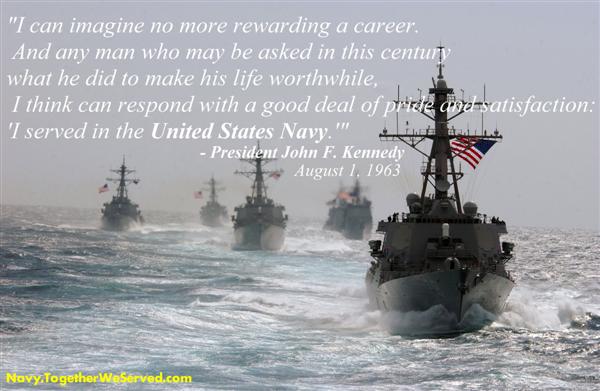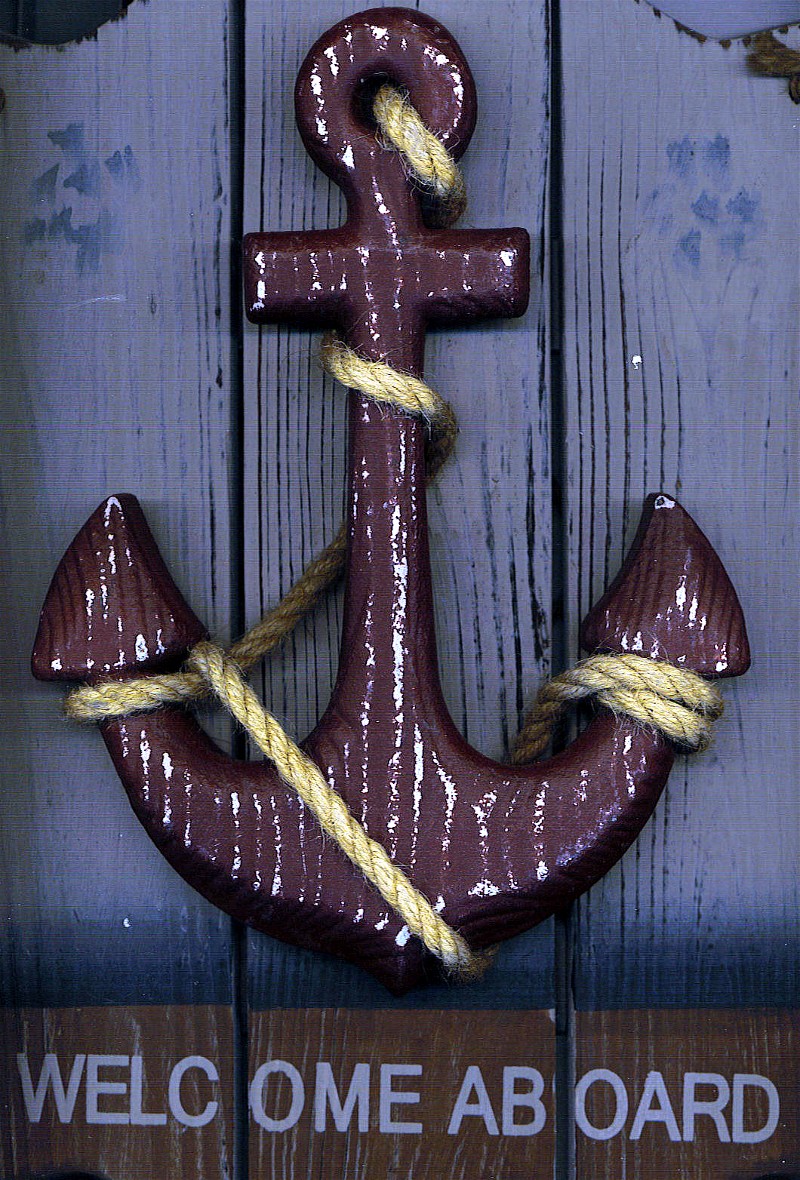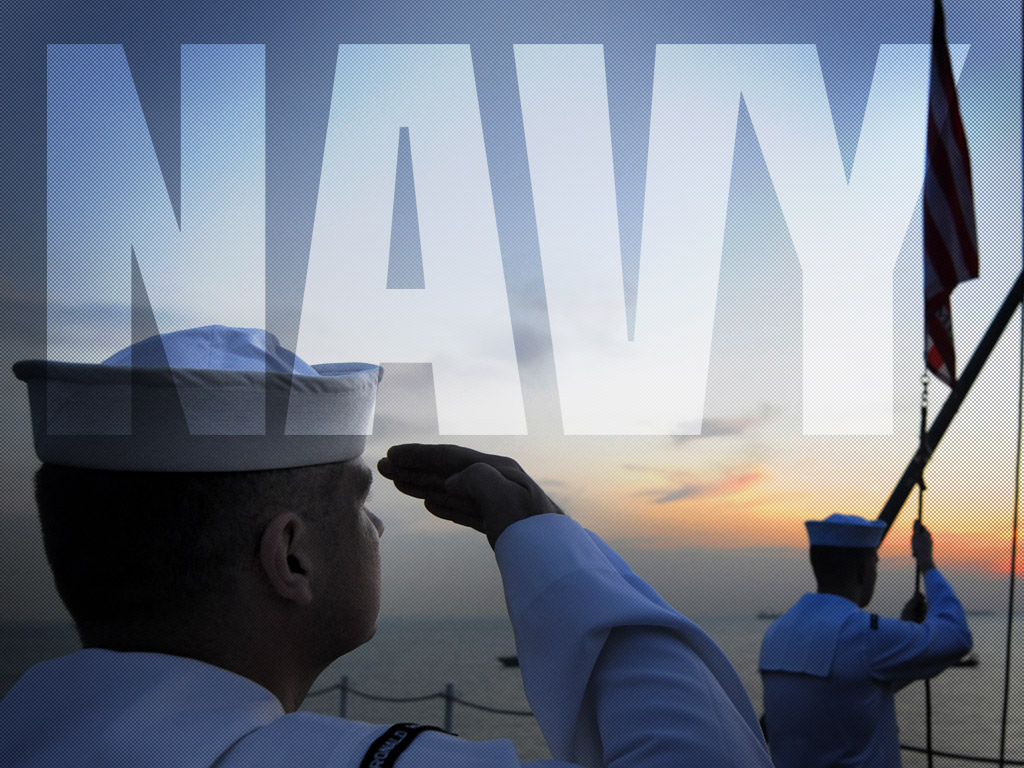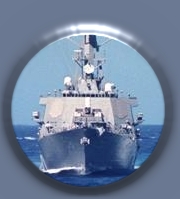Introduction
When John Paul Jones declared his intention "...to go in harm's way," he called for a fast ship. He would have called for a destroyer if they had been around in his time.
Fortunately for the security of the United States, they are around in strong and ready numbers today. Since the hour of their birth, back in 1902, they have been on hand or within call at virually every spot where the U.S.Navy has faced a crisis. Almost always the summons has been the same -- for a fast ship to go in harm's way. Almost always the message has reflected the familiar appeal ; "Send the destroyers." And when the danger becomes more acute, the call becomes more urgent :"Send more destroyers!" The response has seldom varied from the destroyer's traditional responsibility : to carry through or die in the attempt.
She has been called many names, this ship we know as the destroyer. She has been many things to many men. To the romanticist, she is the "Greyhound of the Sea" To the Naval strategist, she is the "Spearhead of Sea Power" To an enemy submarine, alone or in wolfpack, she is a reason for flight and fear. To the U.S.Navy, she is the one type of ship that is always on call, for hot war or cold. She is frequently overmatched. But this is an old story for destroyers. Outweighed ,outgunned, and outpowered, they have written sagas of bravery against cruisers, and carriers, typoons and tidal waves, kamikazes, submarines, and shore artillery. If there is a fearsome weapon the detroyer has not yet encountered, it is only because the opportunity has not yet presented itself. The call for a fast ship to go in harm's way has never failed to bring a destroyer bristling to the scene if one could be reached. And the Navy can offer a thousand stories telling of the courage and dependability of these fearless fighters.
Throughout the years, destroyermen have been a proud breed. They have achieved distinction and respect of their fellow sailors through their performance and their ability to do anything asked of them. No task has been too difficult for them to tackle. They have plunged into each new requirement with the zest of an arduous and dedicated advocate. Through a combination of such advocacy, enthusiasm, hard work, and ability, destroyermen have carried on the tradition of seafaring men that has been a charateristic of Americans since the inception of this great nation.
The day of the swashbuckling, rollicking sailor has dimmed as the refinements of progress demanded higher performance and greater intellectual capacity. But the basic ingredient of service to the ship and one's shipmates has persisted. The jobs to be performed are complex and demanding and the destoyermen of yesteryear would be astounded at the accomplishments these trim fighting ships are chalking up as routine today.
But this is the way destroyermen must take. New innovations must be tried. New weapons tested. New procedures checked out. And, as in the past, destroyermen are the ones to do the testing. This takes stamina, devotion, and above all, the integrity of an individual who will do his very best to see that the security of this beloved country is perpetuated. Destroyermen have established enviable records of achievement and they are still steaming toward unknown horizons where developments of the future wait for discovery.
ARLEIGH BURKE
Admiral, U.S.Navy (Ret.) 1962


TABLE of CONTENTS
 The Beginning......USS Constitution
The Beginning......USS Constitution
 Page1......DE Destroyer Escorts
Page1......DE Destroyer Escorts
 Page2......DL Destroyer Leaders
Page2......DL Destroyer Leaders
 Page3......AAW Anti-Aircraft Warfare
Page3......AAW Anti-Aircraft Warfare
 Page7......ASW Anti-Submarine Warfare
Page7......ASW Anti-Submarine Warfare
 PageA......LCS Littoral Combat Ship
PageA......LCS Littoral Combat Ship
 PageE......Destroyer Minesweeper
PageE......Destroyer Minesweeper



 My Homeland Security Website
My Homeland Security Website